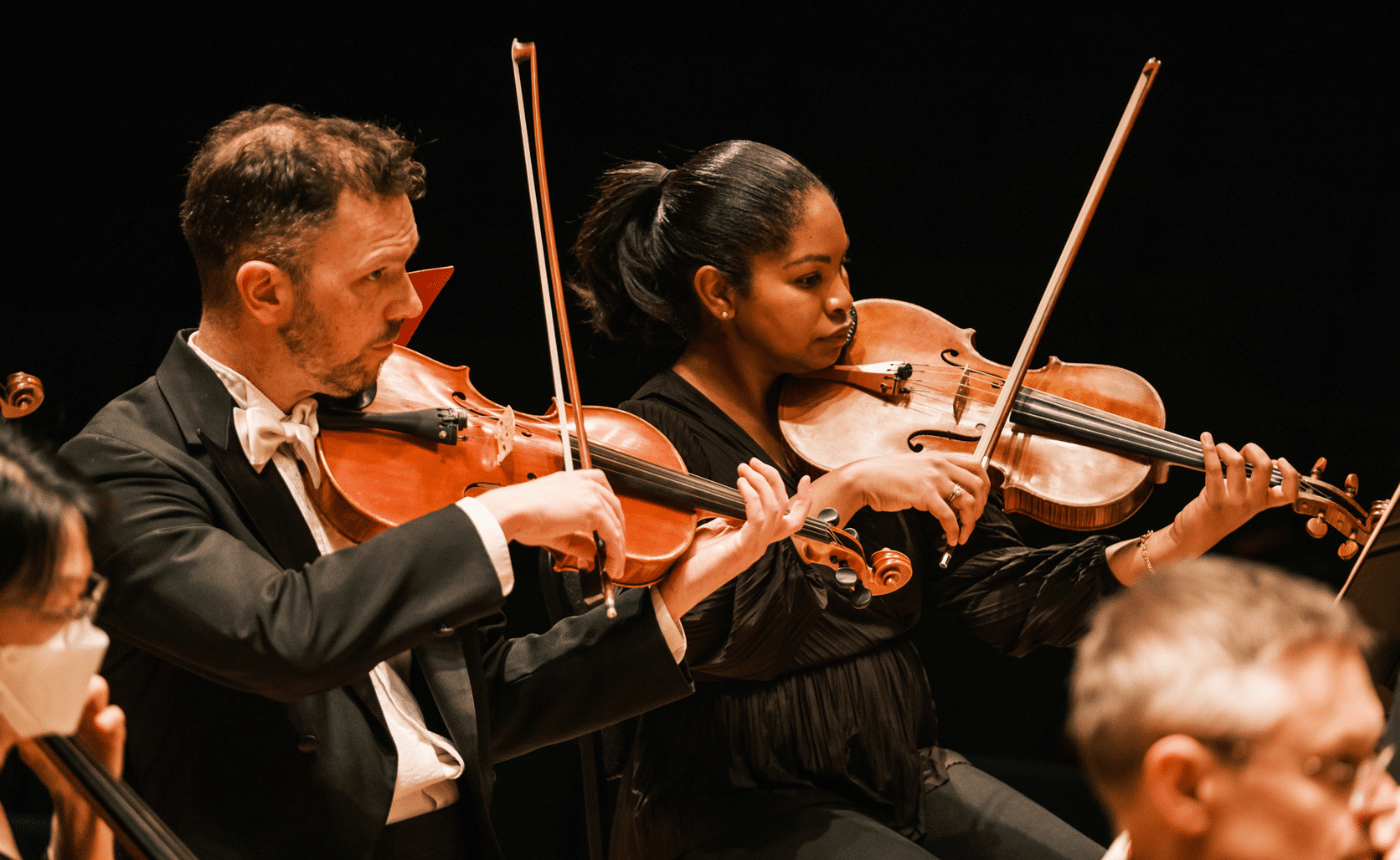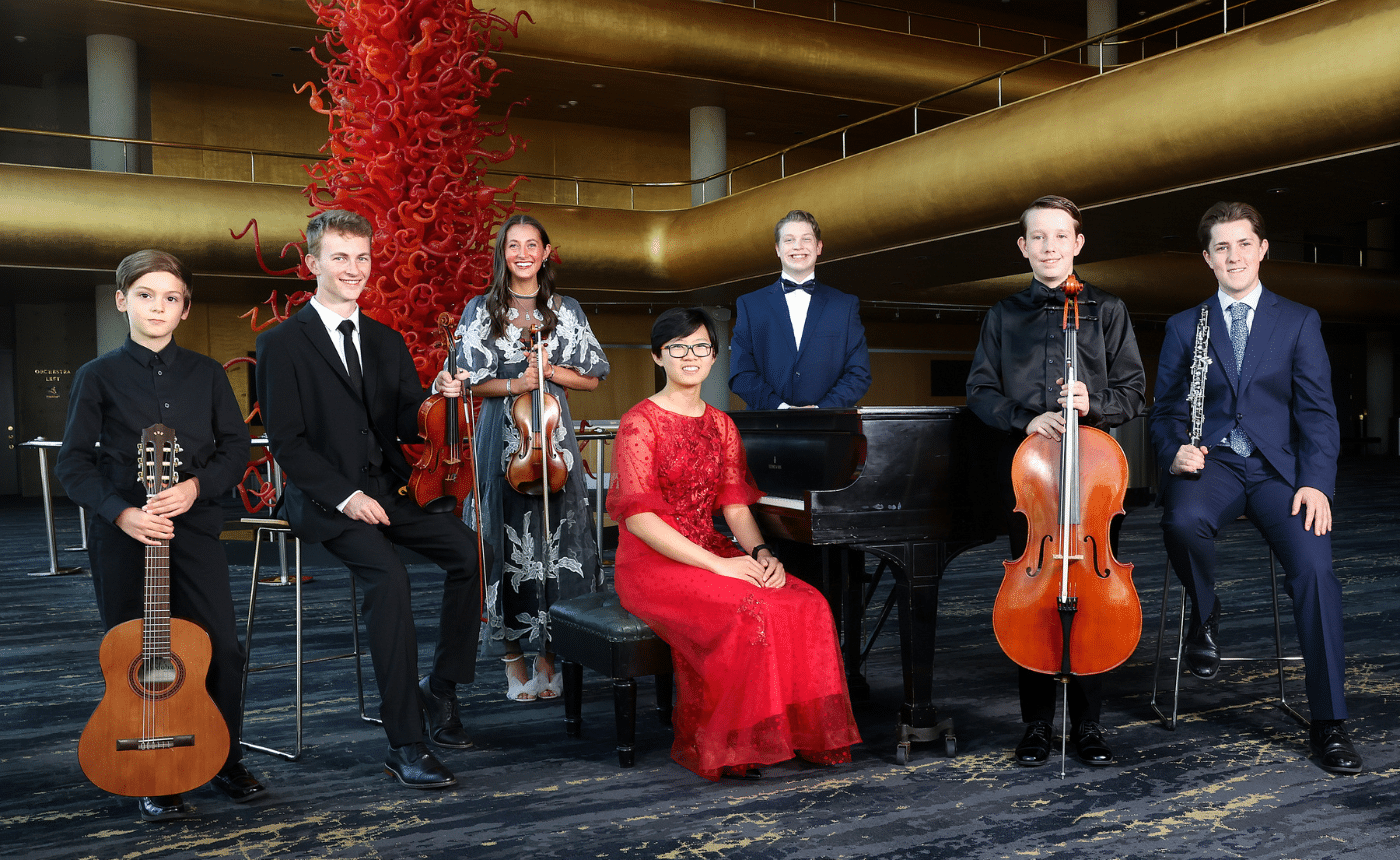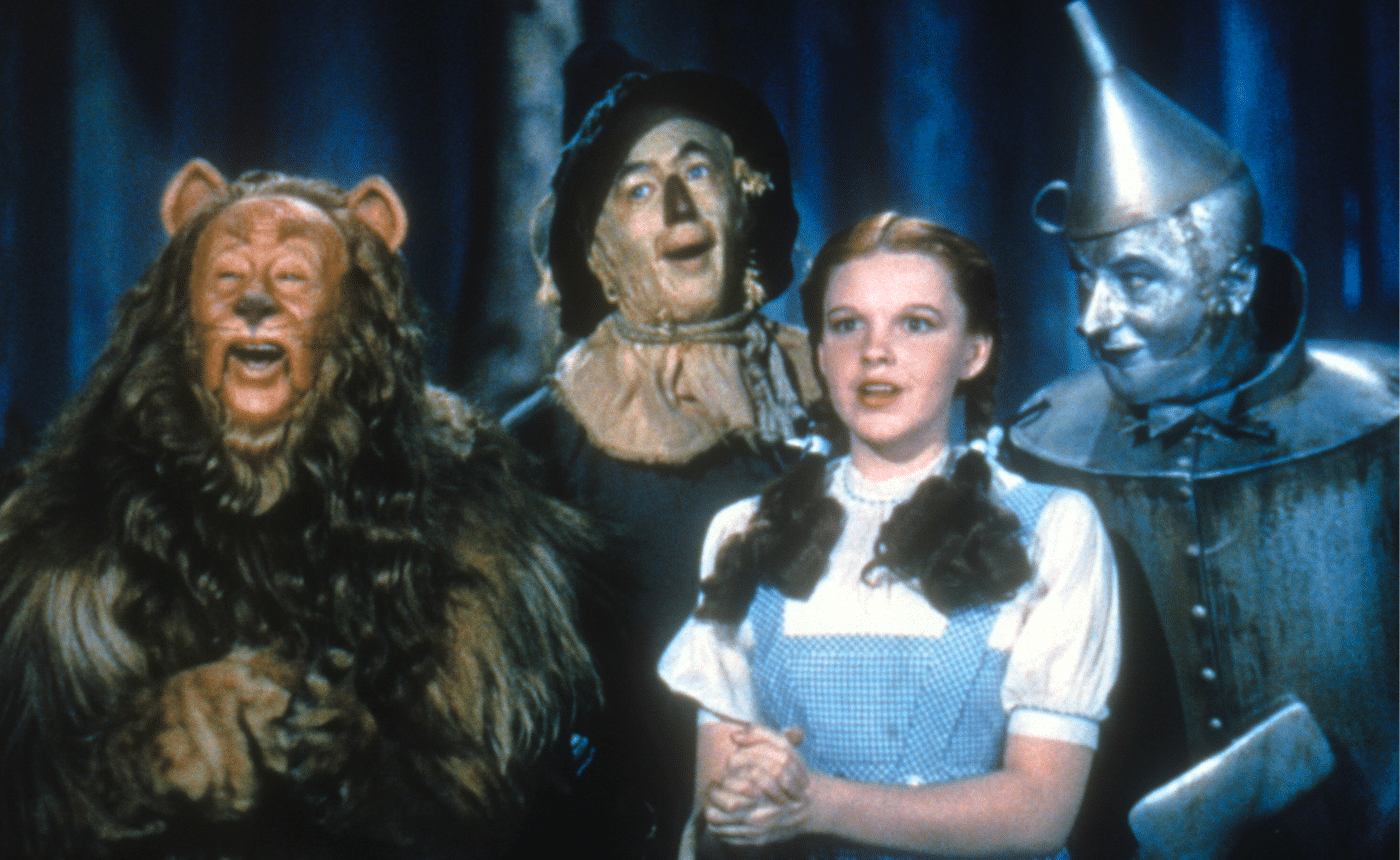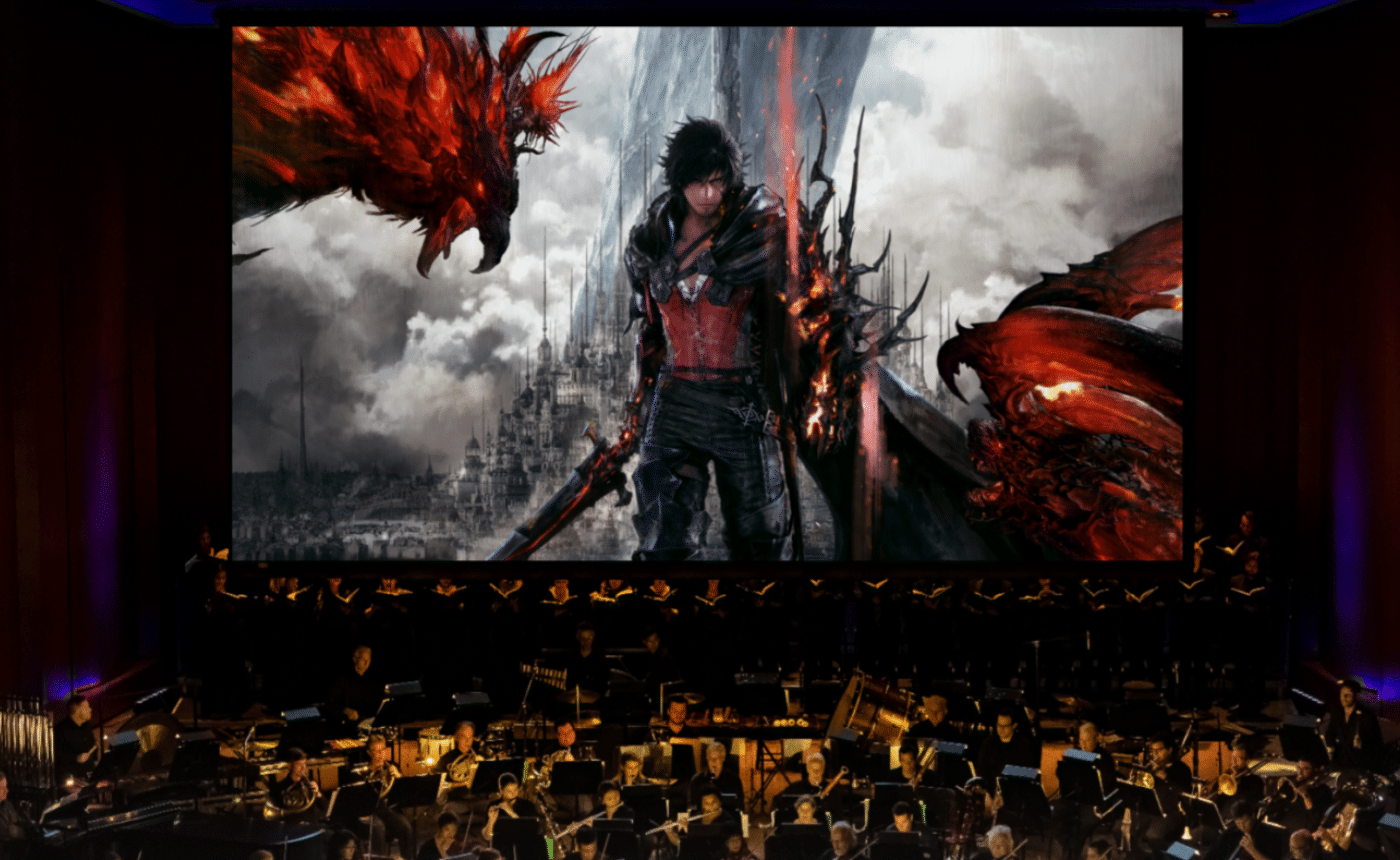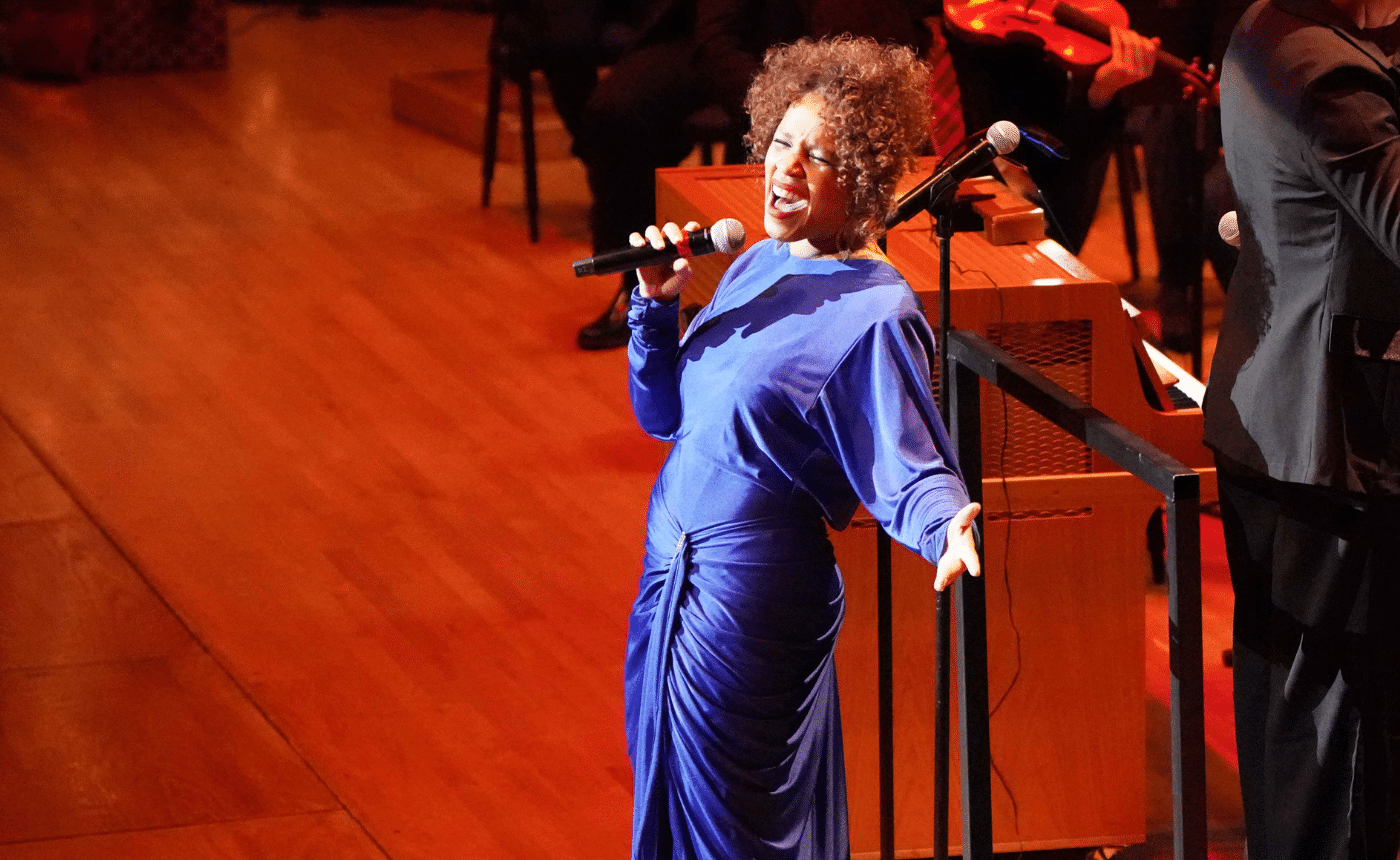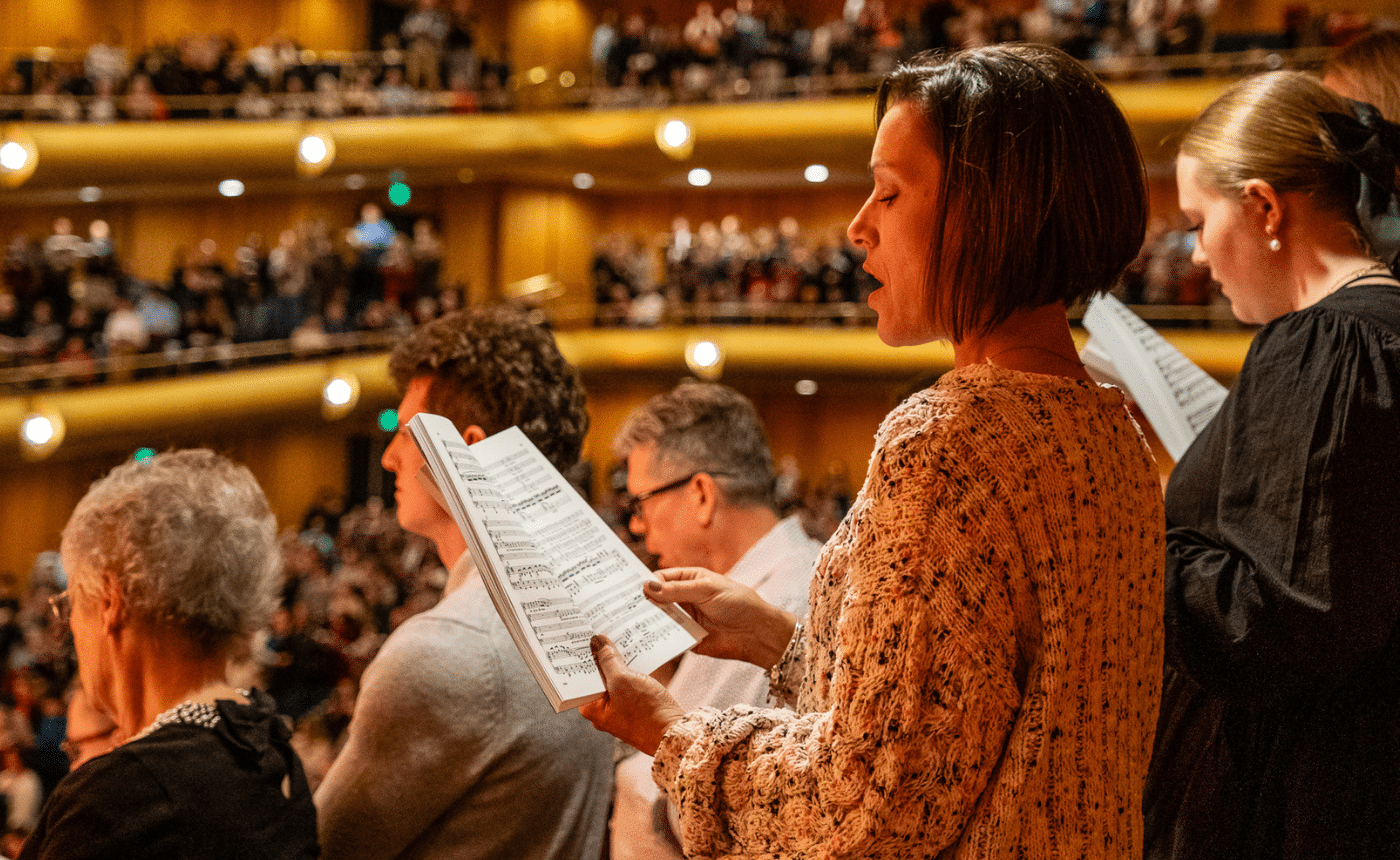ANDREW NORMAN: Sacred Geometry
Instrumentation: 3 flutes, 3 oboes, 3 clarinets, 3 bassoons; 4 horns, 3 trumpets, 3 trombones, tuba; strings; percussion.
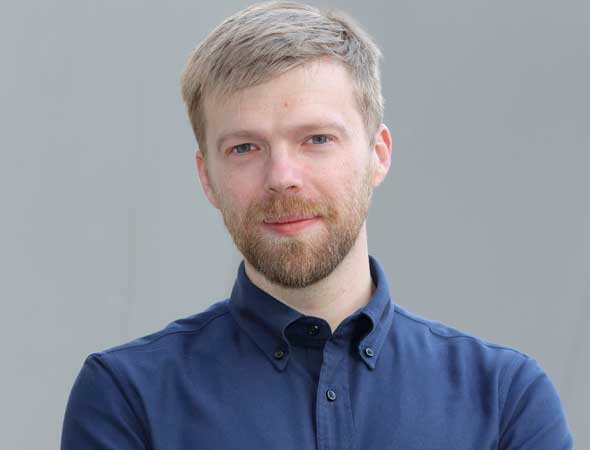
Andrew Norman
Arts writers have borrowed the word “synesthesia” from neurology denote a functional “crossing” of the senses — as with the many composers of genius through the centuries who have experienced seeing musical notes as colors. In a looser sense, paintings or photographs are said to be “rhythmic” or “loud.” This approach comes in handy when trying to describe the sounds produced by composer Andrew Norman’s questing, boundary-crossing creativity. Many of his musical subjects are architectural; for example, he has evoked the visual and spatial impressions of architect Frank Gehry’s work in a way that could be compared to Virgil Thomson’s musical “portraits.” In experiencing the Norman sound, it pays to listen for effects that could be described as rhyming, angular, and texturally gleaming — words that could apply equally well to Gehry’s sculptural buildings.
It comes as no surprise that this young American composer is based in Los Angeles. His music captures the dynamism of that multimedia entertainment capital, including the videogame genre, for which he has composed extensively. But this modern outlook is balanced by historical interests, including a fascination with musical notation that extends back to that art’s medieval roots. A highly collaborative composer, he enjoys working with performers to explore the act of interpreting notation; as his website notes, “he is fascinated by the translation of written symbols into physical gesture and sound.”
Norman is increasingly interested in storytelling in music, and specifically in the ways non-linear, narrative-scrambling techniques from cinema, television, and video games might intersect with traditional symphonic forms. His distinctive, often fragmented and highly energetic voice has been cited in the New York Times for its “daring juxtapositions and dazzling colors,” in the Boston Globe for its “staggering imagination,” and in the L.A. Times for its “Chaplinesque” wit.
As with many successful composers, Norman’s musical talent showed itself early in life, and by the time he was in high school he was composing imaginative soundtracks for video entertainments. But early success as a professional composer, which exposed him to a wide range of contemporary music, led him to fundamental questions about the relevance of his work. After nearly interrupting his musical activities to pursue a lifelong interest in architecture, he returned to composing with renewed energy and a wider outlook.
Norman’s symphonic works have been performed by leading ensembles worldwide, including the Los Angeles, New York, and Royal Liverpool Philharmonics, the Philadelphia and Minnesota Orchestras, the BBC, Saint Louis, and Melbourne Symphonies, the Orpheus Chamber Orchestra, the Tonhalle Orchester Zurich, the Orchestre National de France, and many others. Andrew’s music has been championed by some of the classical music’s eminent conductors, including John Adams, Marin Alsop, Gustavo Dudamel, Simon Rattle, and David Robertson.
Norman was the recipient of the 2004 Jacob Druckman Prize, the 2005 ASCAP Nissim and Leo Kaplan Prizes, the 2006 Rome Prize and the 2009 Berlin Prize. He joined the roster of Young Concert Artists as Composer in Residence in 2008, and held the title “Komponist für Heidelberg” for the 2010-2011 season. He served for two years as Composer in Residence with the Boston Modern Orchestra Project, and is currently Composer in Residence with the Los Angeles Chamber Orchestra and Opera Philadelphia. His 30-minute string trio The Companion Guide to Rome was named a finalist for the 2012 Pulitzer Prize in Music.
Sacred Geometry is one of the numerous Norman compositions for which he found inspiration in architecture. On his website, he notes that “during my last years at USC I was in the habit of poking around the Art and Architecture library for things that might spark my imagination. I found [an illustration of a plan for Chartres Cathedral] in a slim volume called Gothic Cathedrals and Sacred Geometry by George Lesser. I knew right off I had the makings of a new project.” Norman’s luminous score, including the iridescent textures of the glockenspiel, bells, triangle, xylophone and vibraphone — are at one with the majesty of Chartres, and he said that the work can be heard as a programmatic journey from one end of the cathedral to the other,, starting with the massive Western façade. He also describes it as an experiment in the use of systems to control the composition process. “The last half of the music unfolds through a rigorous set of rules,” he notes, “not unlike the unseen geometries that govern Lesser’s reading of architectural form.”




